Yes, birds have tongues!
In my opinion, they have some of the most unique and specialized tongues in the animal kingdom.
Because birds traded the use of their forelimbs for the ability to fly, they needed to find a way to still manipulate the world around them. The solution to this is through modifications to their beaks and tongues.

We often joke about wishing for a third arm or hand when trying to put something intricate together, but you practically do have it. Think about how often you use your lips or teeth to open a package or pull on a string while holding the item in your hands.
This is essentially the same as a parrot gripping a nut in its talons while using its powerful beak and strong tongue to get to the meat inside. So, you are using the same workarounds that birds have come upon without even thinking about it!
The primary determining factor for the shape and structure of the tongue is the bird’s lifestyle. Sometimes the glossal (tongue) needs to be rigid and inflexible to break shells and crush food before swallowing.
Other times it might only get in the way of eating, so it is smaller and out of the way.
Before we start talking about bird tongues, I want to preface by saying this article will serve as a backbone for future, more specific articles. If I were to cover all the intricacies of avian tongues in this one post, it would be colossal.
Now, to learn about bird tongues, we need to track down where they originated. And for that, we look back to our scaly, aquatic ancestors.
Origins of the Tongue
Get ready for some anatomy terminology. I had to memorize some of this for Comparative Vertebrate Anatomy (CVA), so I will share it with you here!
Today, this muscular organ resides in the mouths of nearly every terrestrial vertebrate. With some exceptions, the tongue’s primary purpose is to manipulate food within the mouth while being chewed and aid in the act of swallowing.
If you looked inside a fish’s mouth, you wouldn’t necessarily see a tongue, but you would find its ancestral origin.
Sharks, bony fish, and obligate aquatic amphibians all have a primary tongue. This version of the organ is just a slight elevation of the oropharynx’s (mouth’s) floor.
It lacks the musculature to be helpful in any way other than retaining prey in the mouth while crushing it between the jaws. This small projection of tissue is what leads to the terrestrial tongue.
Hearing that your tongue came from a fish might seem like a massive stretch for some of you, but let me explain.
By opening its mouth, an aquatic predator creates a vortex that sucks the prey into its jaws. Swallowing is just the same; allowing water to push the food into the throat and stomach doesn’t require any specialized organs for assistance.
Swallowing becomes an utterly different story when you get onto land.
Once out of the water, gravity begins to work against you.
Unless you tilt your head back to slide food down your esophagus, you need to push the food back into it physically.
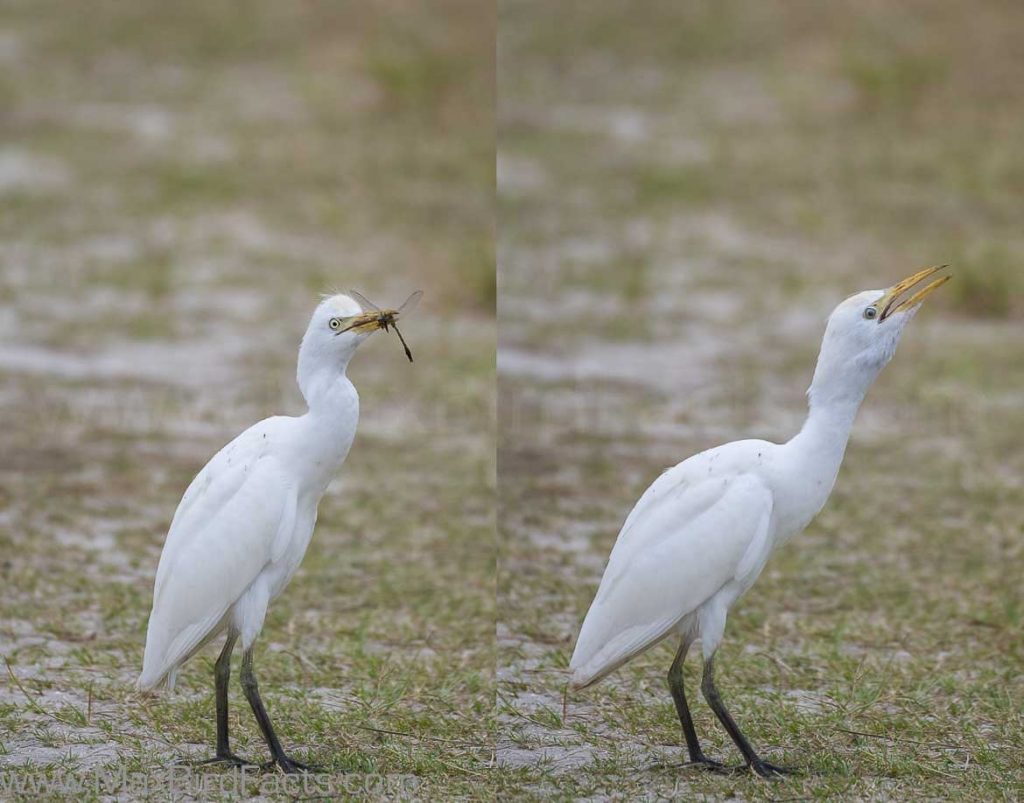
Through hundreds of millions of years of natural selection and random mutations, this small lump of tissue turned into the well-muscularized organ that fills our mouth today. The tongue was molded to fit different needs depending on the requirements set out by the animal.
Saying it in that way makes it seem like there is an order to natural selection and evolution, but there isn’t. Random mutations in populations will either help or hinder their chances of survival and reproduction.
Populations that have mutations that help them survive more efficiently (like our tongue) can spend more time foraging for food, defending prime real estate, and procuring mates. These populations will survive better than their competition, and the traits that made them more effective will be passed on to future generations.
Natural selection, random mutation, and evolution are topics for their own articles that I am writing. Still, I wanted to bring it up here to make the origins of the tongue more clear.
The tongues in mammals are heavily muscularized to force large amounts of food back into the throat and to move food around while being masticated (chewed). This is very different from birds, which are well known for throwing their heads back to swallow water, fish, grain, or any other item.
Birds use gravity to get food started in their digestive system to reduce their tongues’ weight. Everything having to do with flight is centered around weight efficiency.
For the same reasons birds don’t have teeth, they cannot have a heavy, thickly muscled tongue in their beak. This extra weight would throw off their center of gravity, make them front-heavy, and become less energy efficient while flying.
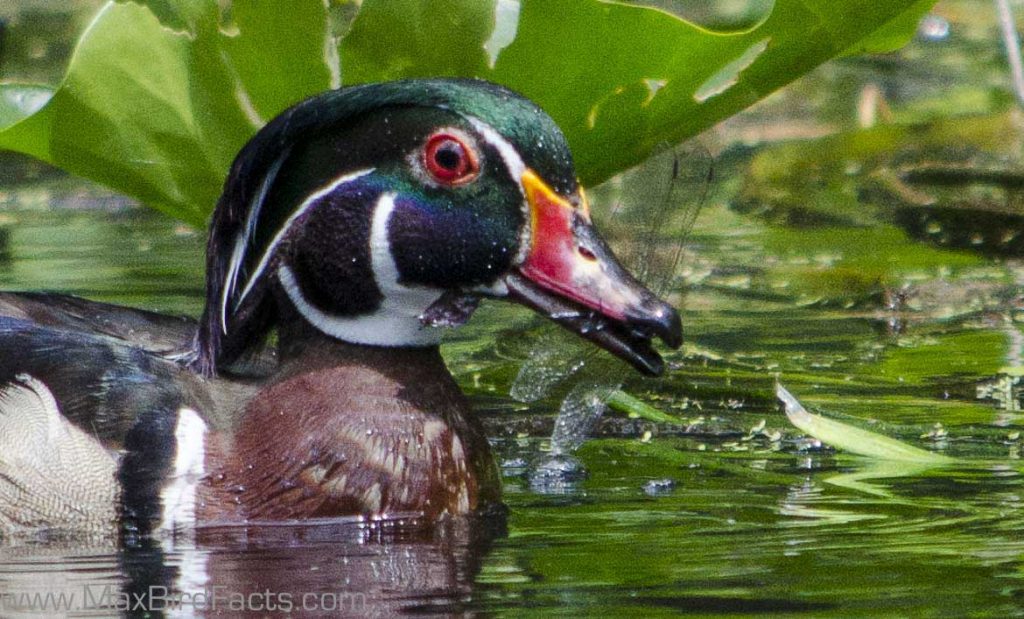
Again, this is a very brief overview of the evolution and function of the tongue. But the overall reason we have the glossal is so we can swallow on land without having to toss food down our throats.
Again, because birds need to be as weight-efficient as possible, the tongue has become less muscled and smaller. This allows the birds to change the function of the tongue to fit new demands.
So, what are some of these functions, and how do birds use their tongues if they are so reduced?
Adapting to New Lifestyles
One of the reasons I love birds so much is the variety of niches they have taken.
From giant, flightless ostriches that can outrun a horse to hummingbirds that can land on the tip of your finger and feed entirely on sweet plant nectar. Every bird has gone through rigorous amounts of selection and modification to fit the role it has taken, and the tongue is no exception.
As I said before, the tongue has taken a backseat in birds when compared to mammals. It is not a very large and imposing structure, and that’s because it doesn’t need to be with most birds.
Think of when you go to the grocery store. You can pretty easily find cow tongue or some other mammalian oral organ in the butcher’s section, but I will bet you can’t readily find chicken or duck tongue.
A small songbird might not need to have a powerful tongue when its beak is more than capable of crushing the seeds into a manageable size. The same goes for a heron or pelican who is more worried about swallowing their meal whole rather than tasting it.
A large tongue can get in the way of an otherwise compact system birds have in their beak. They do not have lips to retain food, so chewing isn’t necessary. Birds have a gizzard, which acts in the way of chewing, but that is a subject for another time.
All bird tongues do share some commonalities. They have some musculature to primarily move the tongue up and down instead of three dimensions for mammals.
Moving the tongue up and down in the mouth allows birds to guide food into their esophagus and then lay it flat into the mandibular (lower) jaw. Small bones are embedded in the avian tongue, called the paraglossals.
These bones are shaped like an arrowhead, with the tip pointing outward while the two barbs are slightly exposed. These barbs are the primary way a bird pulls food into its throat.
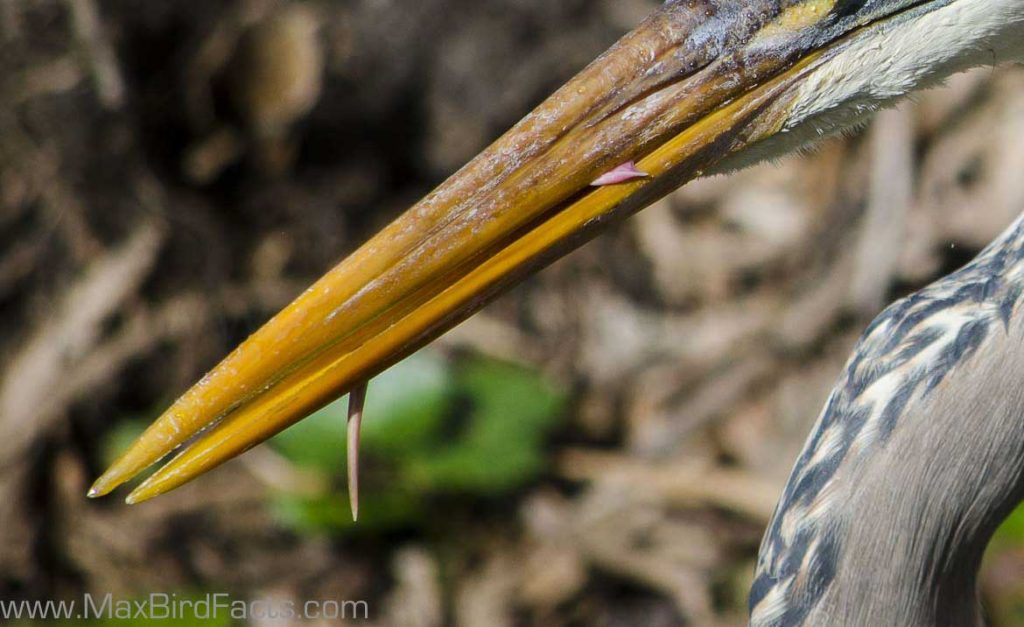
The paraglossal bones are at the end of the hyoid apparatus. This is a group of bones and cartilage that gives the tongue structure and dictates its movement.
The complexity and shape of these bones will differ from species to species, and we will see this in the coming sections.
Because bird tongues lack the vast amount of muscle found in mammalian organs, the embedding of the paraglossal is essential to give the tongue some structure.
Without this bone, the tongue would be a fleshy strip that would flop around uselessly within the mouth.
Birds will also throw their food up into the air to then snatch it again. If you’ve ever seen a heron swallowing a fish, you will know this.
When they throw the food into the air, the bird moves its head forward, putting the food near the mouth’s rear and entrance to the throat.
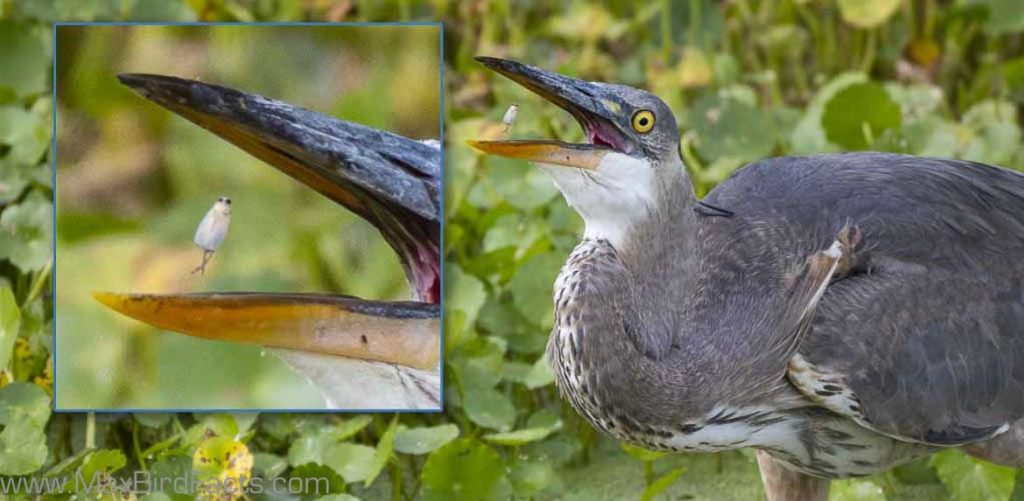
This movement is a faster way to swallow food whole, allowing the bird to eat and then return to hunting quickly. By throwing their food in the air, the bird can reposition it for easier consumption.
Many fish have sharp, spiny dorsal (back) and pectoral (chest/sides) fins. If the bird doesn’t swallow it in the correct orientation, these fins can become lodged in its throat.
Swallowing prey headfirst is the most straightforward tactic; if it can consume the victim before it has a chance of fighting back, that will reduce the risk of injury for the bird.
I’m going to go over three different phylogenetic bird families to show some specialization and adaptations they have undergone for their niche. We will be looking at:
- Anatidae: Ducks, geese, swans, and mergansers
- Ardeidae: Herons and egrets
- Psittacidae: Parrots, macaws, and parakeets
I think taking a thorough look at these families is an excellent way of seeing the specialization within birds. Without further adieu, let’s see some adaptations.
Duck Tongues: (Anatidae) Filter-feeding & Crushing Crustaceans
Starting with Anatidae, we can see an unusual development in the tongue. Like all other birds, the tongue of ducks and geese have the paraglossal bones.
However, this bone has become enlarged and flattened. This increase in bone size leads to the tongue becoming more muscular compared to some other birds.
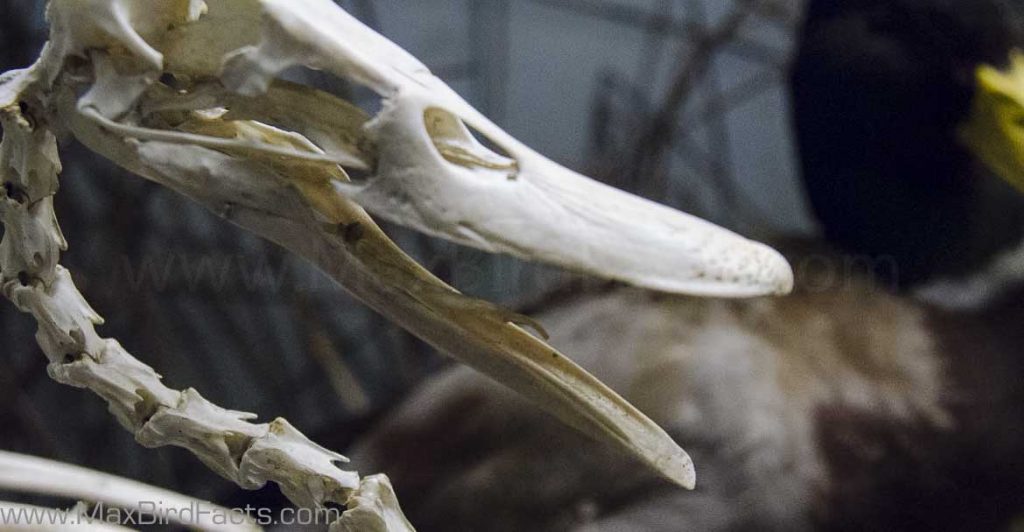
Unlike other birds, these tongues lack the arrowhead shape. The bone has become more plate-like, helping them fit the role required.
The purpose of this robustness is the use of their tongue. Anatidae tongues are used in the act of filter-feeding and crushing their prey before swallowing.
Filter-feeding ducks possess feathery projections on the tongue’s sides that interface with very narrow slots along the beak’s edges. Ducks can siphon water and tiny prey into their jaws by pumping their glossal up and down within the bill.
The duck pushes the water out by driving the muscle up into the maxilla (upper jaw), leaving the prey trapped and ready to eat.
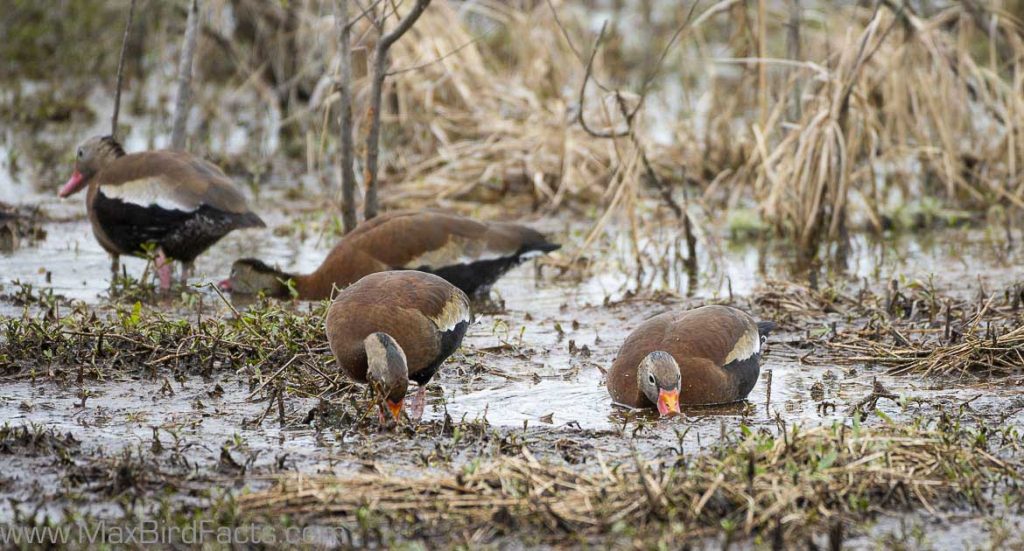
Most ducks, and other members of the Anatidae family, are opportunistic hunters. Meaning they are just as happy to filter-feed as they are to take out breadcrumbs from a human or hunt down larger fish and insects. Some of this clade’s members have specializations to their beaks to fit these needs (spoilers for an upcoming article!).
The other use of the tongue here is to crush. Not all members of Anatidae are filter-feeders; some hunt their food and need to process larger prey before eating it.
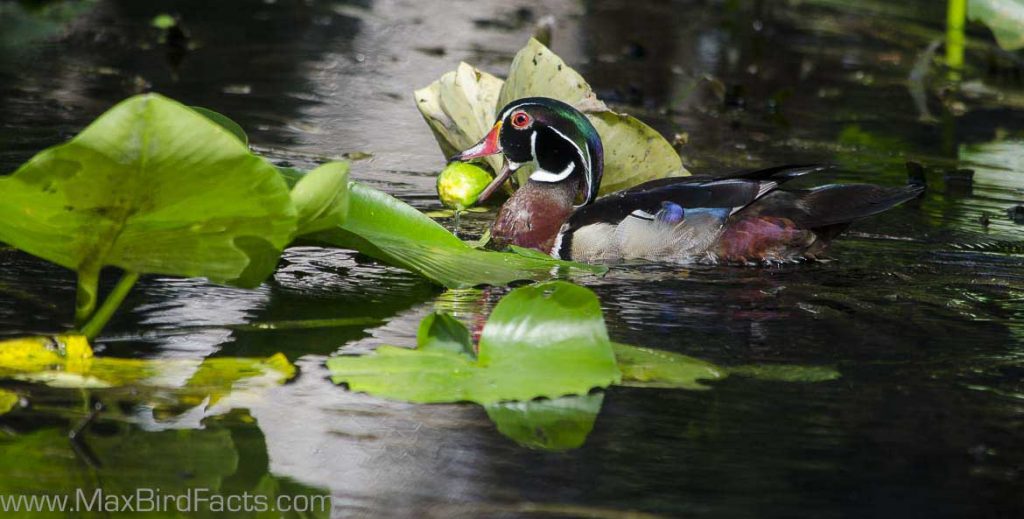
The stronger muscles used to pump water also allow a great deal of force to crack open crustacean shells or break up firm plant material. The carapace’s initial breaking will be done with the jaws and beak, but further crushing is conducted with this oral organ.
Capturing crayfish and crabs can be hard enough with their spiny legs and pinching claws. However, when a duck does snatch one, it can easily crack into its shell before swallowing it.
Doing this lets the birds gain access to the protein-rich meat within. If they didn’t crack the shells before swallowing, the duck would need to spend more time digesting the crustacean to break through the carapace with their gizzard and stomach acid.
The tongue works in conjunction with the beak, the tiny serrations on the beak grips the shell as pressure is applied. The tongue’s rough surface holds the prey as the force is implemented and can also be used to fracture the food.
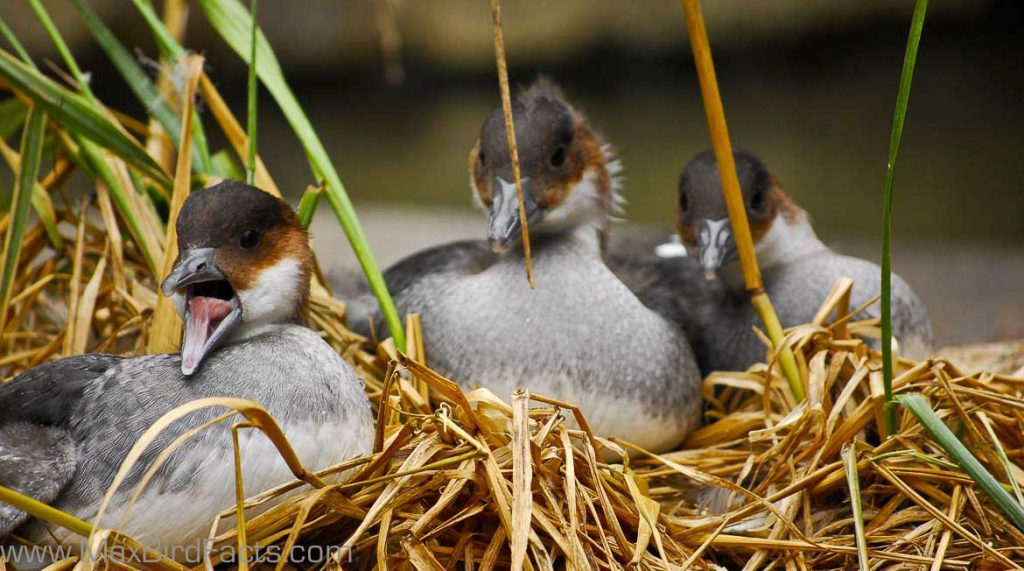
There is a large variety of tongues within this family, and that is because of the broad assortment of lifestyles they hold. As I said before, the design of a bird’s tongue is directly linked to its lifestyle and the niche it fits.
Anatidae is one of the oldest families of birds, existing beside dinosaurs during the Mesozoic. Because they survived the mass extinction of the terrible lizards 65 million years ago (mya), the ancestors of ducks were some of the first birds to exploit these vacant niches.
These openings supported huge variations within their clade, leading to the large assortment of ducks and their relatives we have today.
Heron Tongues: (Ardeidae) Tucked & Out Of The Way
Heron’s tongues are very different from that of ducks. Instead of using the organ to filter prey into their jaws or crush it, Ardeidae members need their tongues to stay mostly out of the way.
The glossal of these birds is very simple and fits within their beaks perfectly. A long, ribbon-like muscle anchored into the paraglossal bone serves a very simple yet essential purpose.
In these birds, we can see the classic arrowhead shape of the paraglossal bone, with the bone’s barbs partially exposed through the tissue on either side. These barbs help push slippery fish down the predator’s throat, as well as stop the prey from coming back up.
The tongue’s fleshy bit is straightforward and designed to lay inside the mandible when swallowing or not in use.
Let’s take a look at two images of a Great Blue Heron holding a mullet in its beak, showing the tongue laying flat and then flexed upwards:
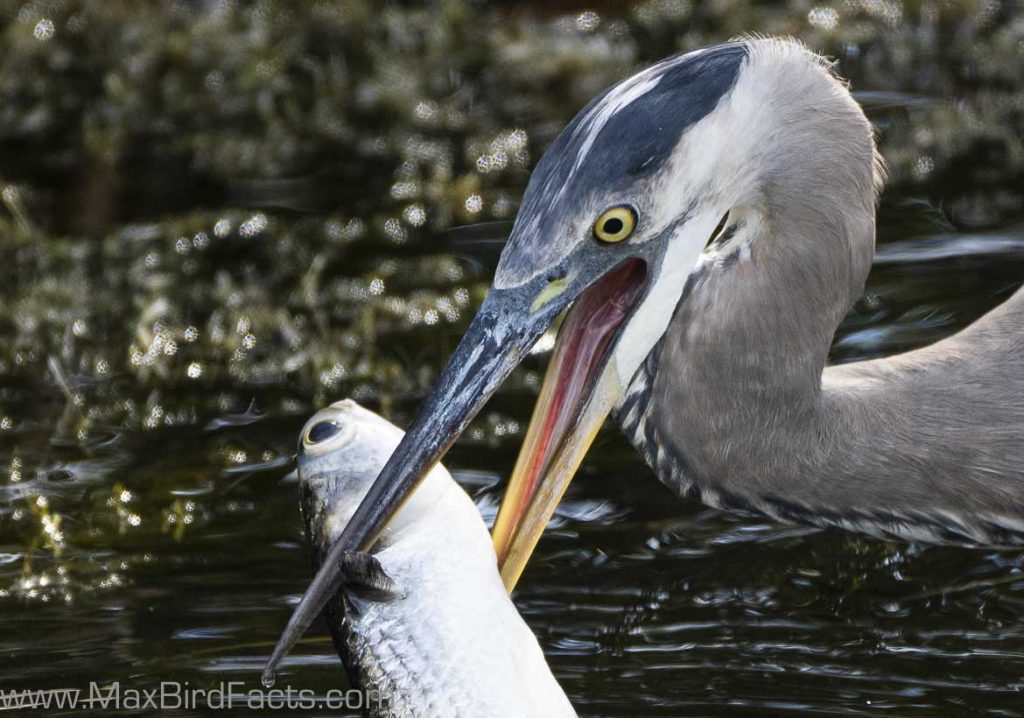
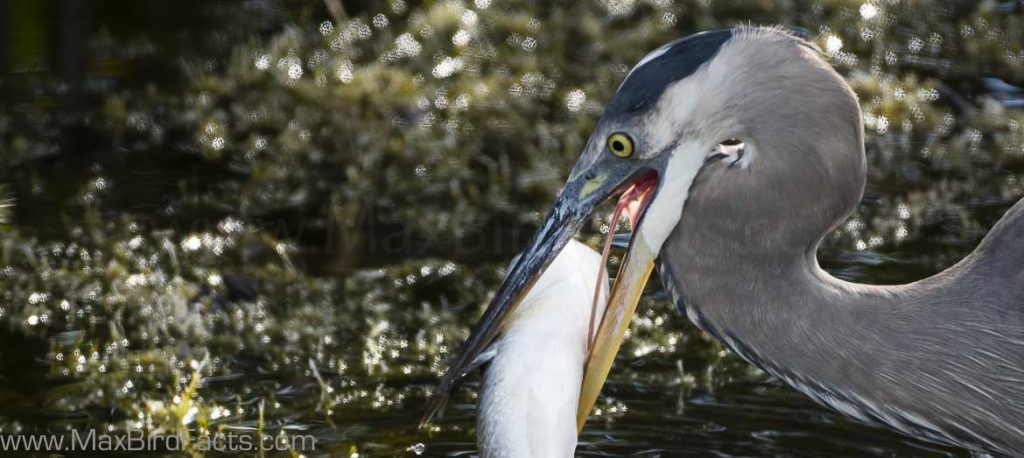
If the tongues in Ardeidae were more substantial, they would get in the way of the bird’s needs. The only thing this tongue needs to do is stay out of the way while swallowing food and help push feistier prey back into the esophagus using the paraglossal bone.
This is in stark contrast with the other two families we are discussing here.
Herons don’t need to use their tongues to process their food in any way. When they catch their prey, they will eat it headfirst and whole.
If the prey item is too large, there may not be a way for the bird to eat it, and it will have to abandon the meal. Swallowing live prey headfirst can be a risky operation, especially when the victim fights back.
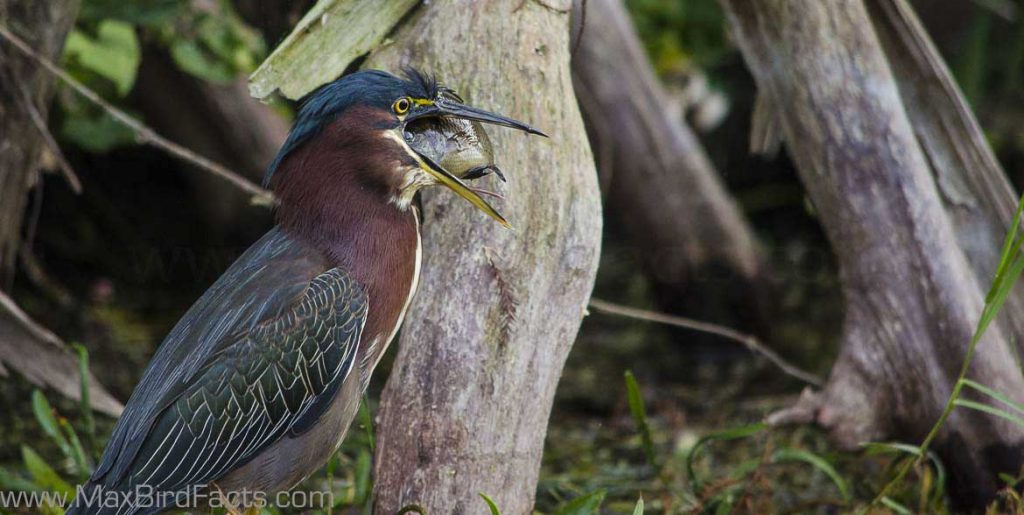
Being able to get the prey stabbed with the spear-like beak, thrown into the air, and swallowed whole as fast as possible spares the herons from getting injured.
Herons and egrets are stalking and ambush predators, being highly opportunistic. I have watched Great Blue Herons eat anything from tiny insects to marsh rabbits.
These birds are voracious hunters and are amazing to watch. One of my favorite things to do when I go out on a hike or birdwatching is to find a heron or egret and imagine that being a velociraptor.
When you compare these birds to their Dinosaurian cousins, we can see some similarities very quickly. Unlike their Hollywood famous image, velociraptors were a little larger than a small-to-medium-sized heron or egret (Tricolor Heron, Snowy Egret, Cattle Egret, etc.).
These dinosaurs were only a foot and a half tall and a little over six feet from tip to tail. Half of this impressive length is the tail, which acted as a counterbalance while running down prey.
We see this exact mechanism used in African Cheetahs today. Their tail is nearly the same length as their body, and by flexing muscles in it, they can perform minor adjustments to catch their prey at top speed.
But why link Ardeidae to a dinosaur that went extinct 75 mya? For the same reason I brought up the mass extinction in the previous section.
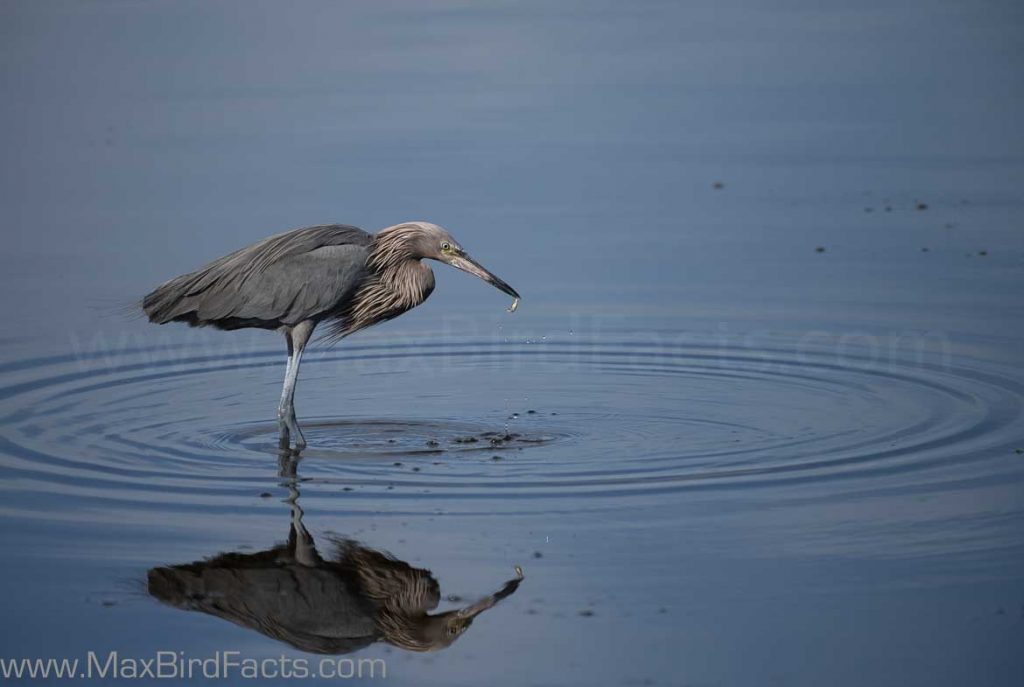
Niches left vacant will always be exploited, and those currently held are eternally being contested. Herons are continuing the same lifestyle that raptors did, but with a 75 million-year gap.
Being ambush predators puts these birds at a higher risk of injury and predation than many other lifestyles. Having to stand still and wait for prey could allow predators to spot you more easily.
That is why speed is so necessary for these birds, and keeping their tongue out of the way is just one more way to increase their efficiency.
Again, the purpose of a heron’s tongue is to be a last-ditch effort to force prey down the throat. It is not required to do any taste or food manipulation while the food is pinched between the jaws.
Our next family is nearly the complete opposite of this, having some of the most specialized avian tongues.
Parrot Tongues: (Psittacidae) Turing a Tongue into a Finger
Now we are starting to get into some remarkably distinct tongues.
Parrots are some of the most vocal and intelligent birds currently recognized. Ornithologists have studied their ability to problem-solve for decades, and it is exceptionally well documented.
When faced with a more demanding test, parrots will almost always use their beaks and tongue to handle their obstruction. They use their mouths instead of their feet because of a marvelous adaptation these birds have, cranial kinesis.
Cranial kinesis means that the bird can move both its mandible (lower jaw) and maxilla (upper jaw) independently. This is a shared trait in many bird families, but I believe parrots use it to its fullest.
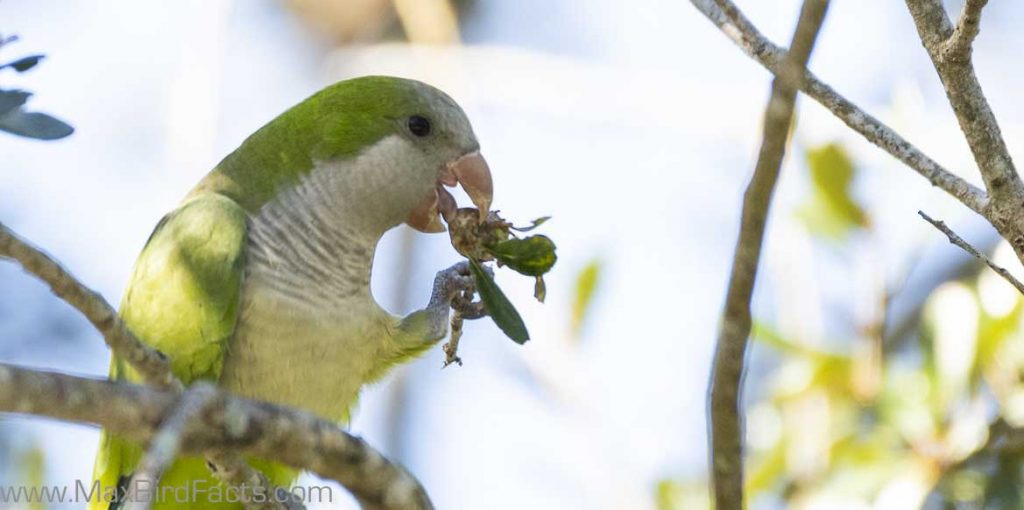
If you want to learn more about cranial kinesis and how parrots use their beaks, check out my article: Bird Beaks Part 1: Basics and (Mostly) Herbivorous.
So how does all of this beak stuff have to do with their tongue, you might be thinking. Well, with parrots, in particular, the glossal is just as indispensable as the maxilla and mandible.
A parrot’s tongue is very reminiscent of a mammal’s. It is much larger and more apparent in the mouth when compared to its other avian relatives.
There is a large diversity of tongue styles within this family alone. Again, this variation is wholly dependent on the lifestyle, niche, and diet the different species have taken.
However, Psittacidae as a whole have very muscular tongues with an enlarged paraglossal bone for added support. This extra muscle and bone are used flawlessly by parrots to manipulate fruit and nuts inside their powerful beaks.
Employing cranial kinesis and this very mobile tongue, a macaw can position a very tough nut in the ideal place to gain access to the fatty meat inside.
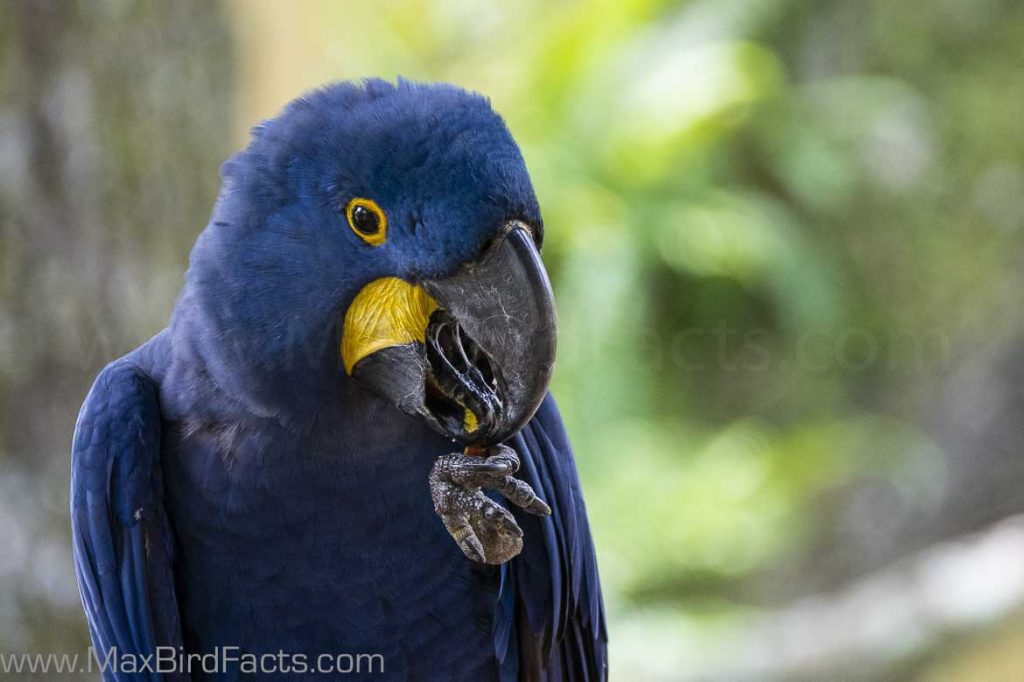
This immense tongue also comes with some fringe benefits. Because it is fleshier than other birds, muscles in the oral organ can be flexed to manipulate food or change its position in the mouth in a wide range.
This mobility includes changing the way this bird sounds when vocalizing. In nature, this could allow the parrot to mimic other birds or create a wider variety of sounds to impress a mate.
In captivity, parrots can listen and replay the words we produce in shocking accuracy.
There is still a lot of research going on to see if the birds fully understand the words they are mimicking, but that is not the point of this article.

Finding these secondary benefits is always fun for me. It’s intriguing to see how an adaptation vital to an animal’s survival can be used for other roles.
Here we have the tongue’s complexity and its need to be mobile and flexible to manipulate food within the beak. And this complexity allowed parrots, macaws, parakeets, and many other of Psittacidae‘s members to mimic sounds.
This mimicry could have stemmed from a need to scare off predators, sounding more attractive to mates by having a broader range of vocalizations, or something completely different. Whatever the original demand for this development was, it resulted in an unbelievable assemblage of language within these birds.
This diversity could have been the root of the intelligence we see within this family, allowing Psittacidae to become one of the most spectacular groups of birds seen the world over.
Yes, Birds Have Tongues
So what did we learn?
Tongues have been around since land animals have, originating from tissue in the mouths of ancient fish.
The tongue’s use is very different between the different phylogenetic classes of tetrapods. Mammals have enormous, muscular tongues that assist in swallowing and moving food around inside the mouth while chewing.
Bird tongues have taken a tremendous variety of pathways determined by the lifestyle they lead. They all share commonalities of being comprised of musculature to move the tongue up and down and possess the paraglossal bone to manipulate food.
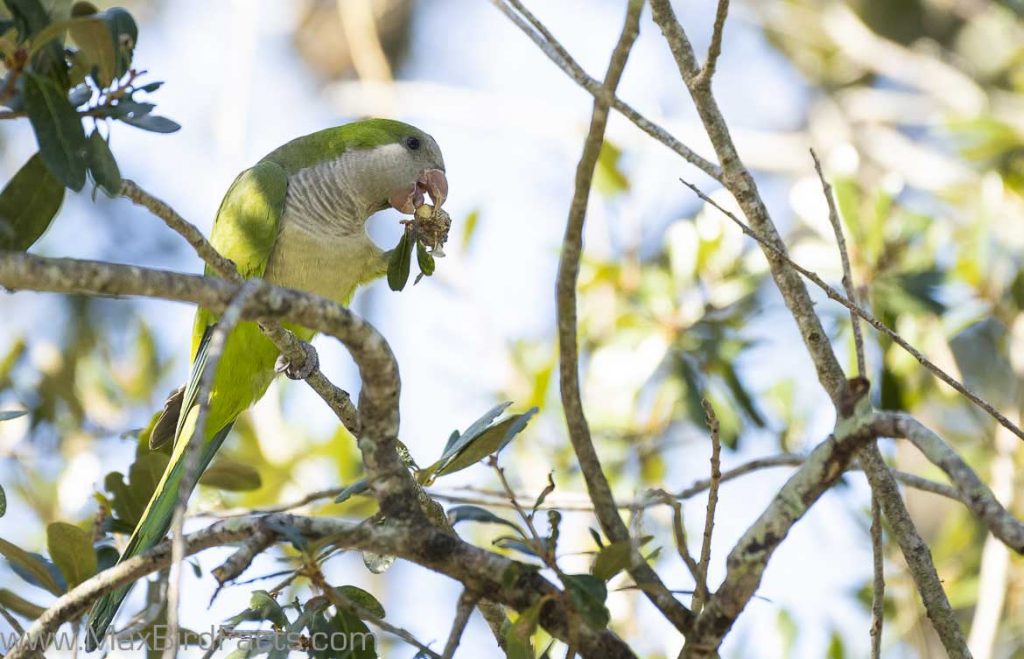
The three examples we used of ducks, herons, and parrots are just a taste of the variety of avian tongues.
We saw how ducks could use their tongue as a sieve or a vise.
Herons keep their tongues tucked away but will still use them when their meal needs a little extra push.
Parrots turned their tongues virtually into a third hand when used in conjunction with the beak’s cranial kinesis.
So, again, I feel like I need to make this really clear when asked, “do birds have tongues.”
YES, BIRDS HAVE TONGUES!!!
There are so many amazing things to learn about birds, and I hope you found some new information with me today.
If there are any facts you want to learn more about, leave me a comment below, and I might turn them into an article!
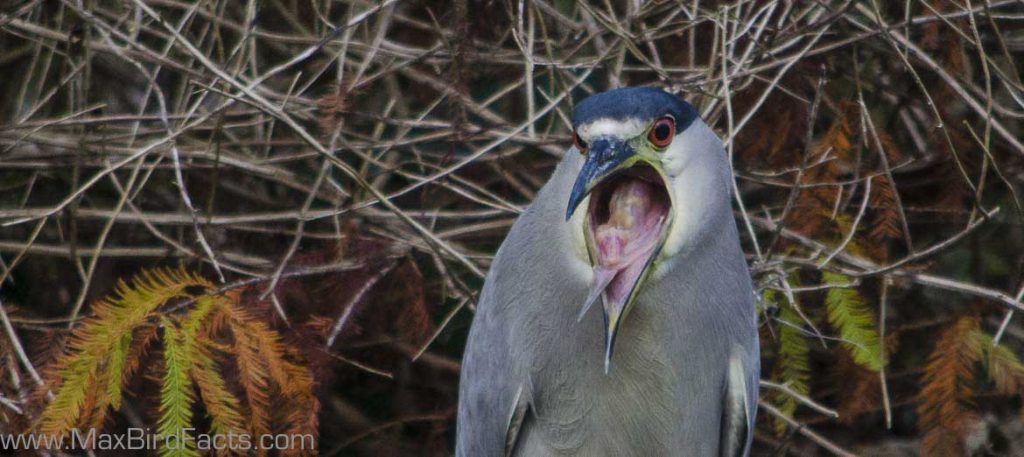
Make today great!
Max
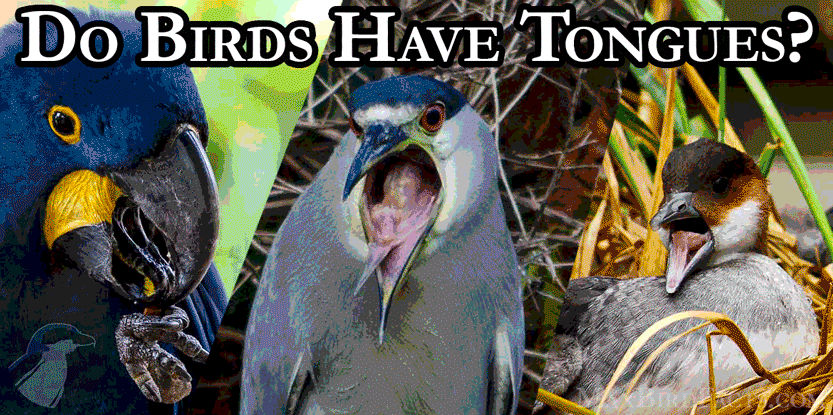
Thanks a lot for the blog article. In fact, great!
Thank you Chasity!
This is great – thank you! I very much enjoy your writing style of combining straightforward observations and photos with underlying science facts.
Thank you so much Nancy! I really appreciate your kind works and I’m happy you enjoy my writing style!